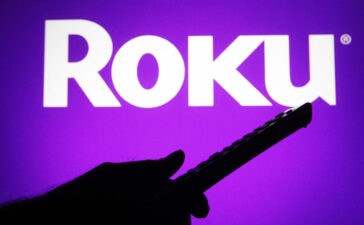Rising auto costs are materializing in March’s Consumer Price Index (CPI) print in the form of pricier auto insurance. Yahoo Finance’s Alexandra Canal breaks down how motor vehicle insurance fits into the overall inflation narrative and its impact on US consumers.
For more expert insight and the latest market action, click here to watch this full episode of Wealth!
This post was written by Luke Carberry Mogan.
Video Transcript
BRAD SMITH: More Americans are still feeling the financial pinch from car ownership thanks to higher auto insurance costs. Here to break down how auto costs are weighing on the latest CPI data is Yahoo Finance’s senior reporter Alexandra Canal. Hey, Allie.
ALEXANDRA CANAL: Hey, Brad. Yeah, it’s been very interesting to track the price action in autos, especially since we saw such high new and used car prices over the past two years. There has been disinflation on that front, but we’re now seeing that high car inflation spill over into other autos-related services categories. To that point, autos insurance surging 2.6% month-over-month. That’s the hottest it’s been in quite some time. And aside from shelter, it was the main reason we saw inflation come in hotter than expected for the month of March.
Bloomberg economist Anna Wong noted that car insurance alone added 0.6 percentage points to CPI. And you can see on the chart that she highlighted that we saw the surge in prices for new and used cars, vehicle repairs, and vehicle parts peak earlier and then come down. We’re now in the peak for autos insurance, so that is expected to come down over time like those other categories. Year-over-year we are up 22%. So a lot of this is timing. There is simply a lag. That’s the argument Fundstrat’s Tom Lee made, saying there’s not much the Fed can really do to correct this given that it is largely a timing issue.
Autos insurance is a component of transportation services, which increased 1.5% month-over-month. You can see how significant the boost was from February to March for those car-related services with that motor vehicle insurance driving the bulk of the uptick there. So bottom line, this is timing. It’s not panic mode according to these strategists. In fact, auto insurance and PPI, which is what goes into the Fed’s preferred inflation gauge, PCE, that came in much cooler than CPI at just 0.1%. So the narrative here is that this is not broad-based inflation, but we will have to wait and see.

















